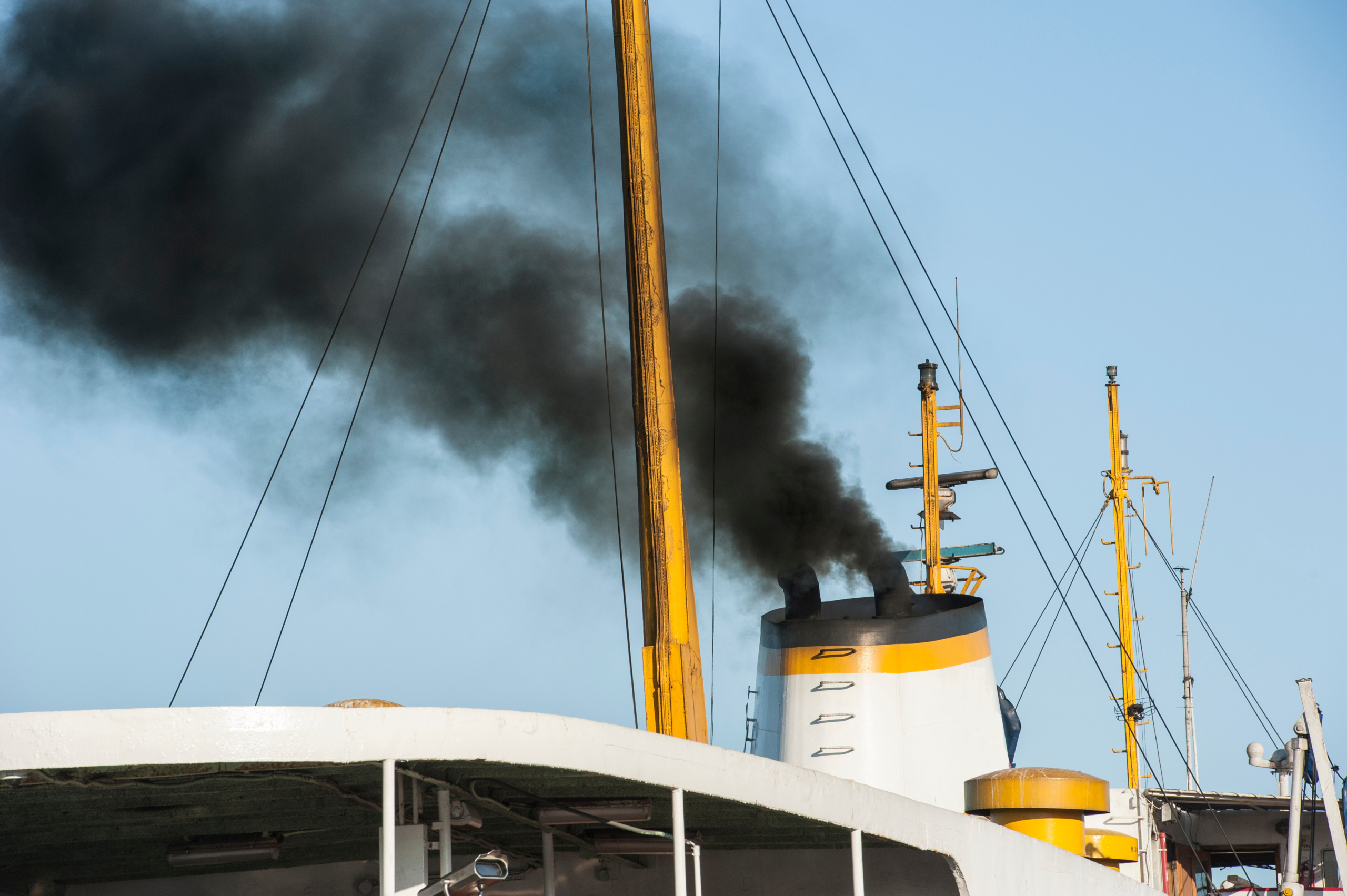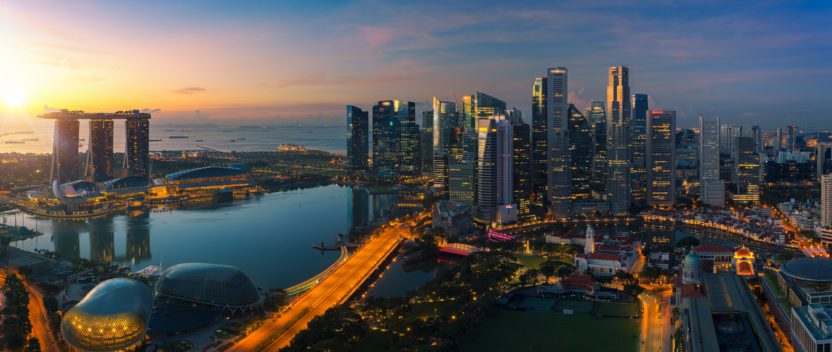This is going to hurt (everywhere)

A new study by global energy and environmental consultancy Ricardo has outlined the scale of the challenge facing the shipping industry as it seeks to decarbonise and move towards a sustainable footing.
The result is the latest of a series of academic studies which suggest that shipping has yet to grasp the magnitude of the challenge ahead of it. There are some good reasons for this, not least two years of stalled economic growth and a supply chain straining under the pressure of the recovery.
However, the industry will not be able to decarbonise without radical changes and perhaps more importantly, will need to attract the capital needed to make large scale investments that fund the development of a new fuel infrastructure. Much of this investment need lies in the chemical and fuels supply chain, well beyond shipping’s competence.
The report takes as its baseline the need to reduce greenhouse gas emissions by at least 50% by 2050, in line with IMO targets. The fundamental conclusion is clear: the quicker and more deeply that the industry makes the change, the better. Interim solutions will reduce carbon in the short term, but may cost more in the long run.
The study outlines three possible pathways for decarbonization, which are broadly characterised as extremely hard, very hard and still hard, but slightly easier to achieve.
In the first scenario, Ricardo foresees the early pursuit of zero carbon fuels with ammonia and hydrogen specified as fuel for some new build vessels from 2025, ramping up to all newbuild ships by 2035. There would need to be a concurrent transition from grey alternative fuels (those made from fossil fuels) to blue (those where carbon is reused) to green (entirely renewable).
There would also need to be a medium-level take up of energy efficiency technologies and operational measures and a 10% speed reduction is assumed for slow steaming.
It’s hard to adequately express how much of a challenge this would be for shipping, or to estimate the impact on the fuels industry, shipyards, vessel availability and probably safety. Which is why to a large extent the next two alternatives are already gaining traction.
Scenario two sees a moderate uptake of interim and drop-in fuels; under this scenario from 2025, fuel oil, marine diesel and LNG are increasingly substituted with drop-in biofuels and bio-methane. This scenario also requires medium level take-up of energy efficiency technologies and operational measures but also assumes a 20% speed reduction by the global fleet.
The last scenario is what most owners are either doing now or looking to start very soon. By combining the increased use of technology with a subsequent transition to alternative fuels, many hope that they can use energy efficiency and operational measures to reduce the carbon bill.
But this scenario would have an even bigger effect vessel availability as it assumes a 30% speed reduction. Onboard carbon capture (a technology only now being tested) would be included in some new vessels using carbon-containing fuels post-2030.
Ammonia and Methanol fuels would be gradually introduced as fuel on newbuild vessels by 2035, with LNG being used by the remainder of new vessels with a similar transition from grey to blue to green pathways for alternative fuels.
Ricardo estimates that all three pathways can meet the IMO’s decarbonisation goals when calculating greenhouse gas emissions from well-to-wake, but this reinforces how far the industry has to travel.
Perhaps most importantly, when considering total costs through to 2050, the study estimates that the second pathway, while facing fewer barriers to deployment, would be more expensive than the ‘fuel switch’ of scenario one or scenario three, which would require new vessel engine investments.
The authors believe that research, development and investment made in the short term to demonstrate the impact of zero and low carbon fuels will pay off in the long term. Unlocking these zero-carbon fuel pathways will avoid higher emission pathways becoming locked in, they say.
At the same time, the deployment of energy efficiency technologies and operational measures is also vital in the short term, to reduce the consumption of fossil fuels prior to that transition.
A tightening of the IMO’s decarbonisation targets would help drive the process but under all three scenarios, the production and supply of alternative fuels will need to be substantially increased. Easy to say, mind boggling to calculate. Still, Ricardo has a go – estimating that by 2050, between 9-12 Exajoules of alternative fuels will be required per annum. The low figure is equivalent to 2,500,000,000,000 kWh if that helps.
The infrastructure investment needed to achieve this is estimated at between $66 billion and $436 billion combining capital and operating expenditure, between 2020 and 2050, discounted at 10%.
Little doubt then, that the industry will look at these scenarios and wonder, not whether it should respond (it must) but how best to do so and how much it might actually cost to delay the process any further.


